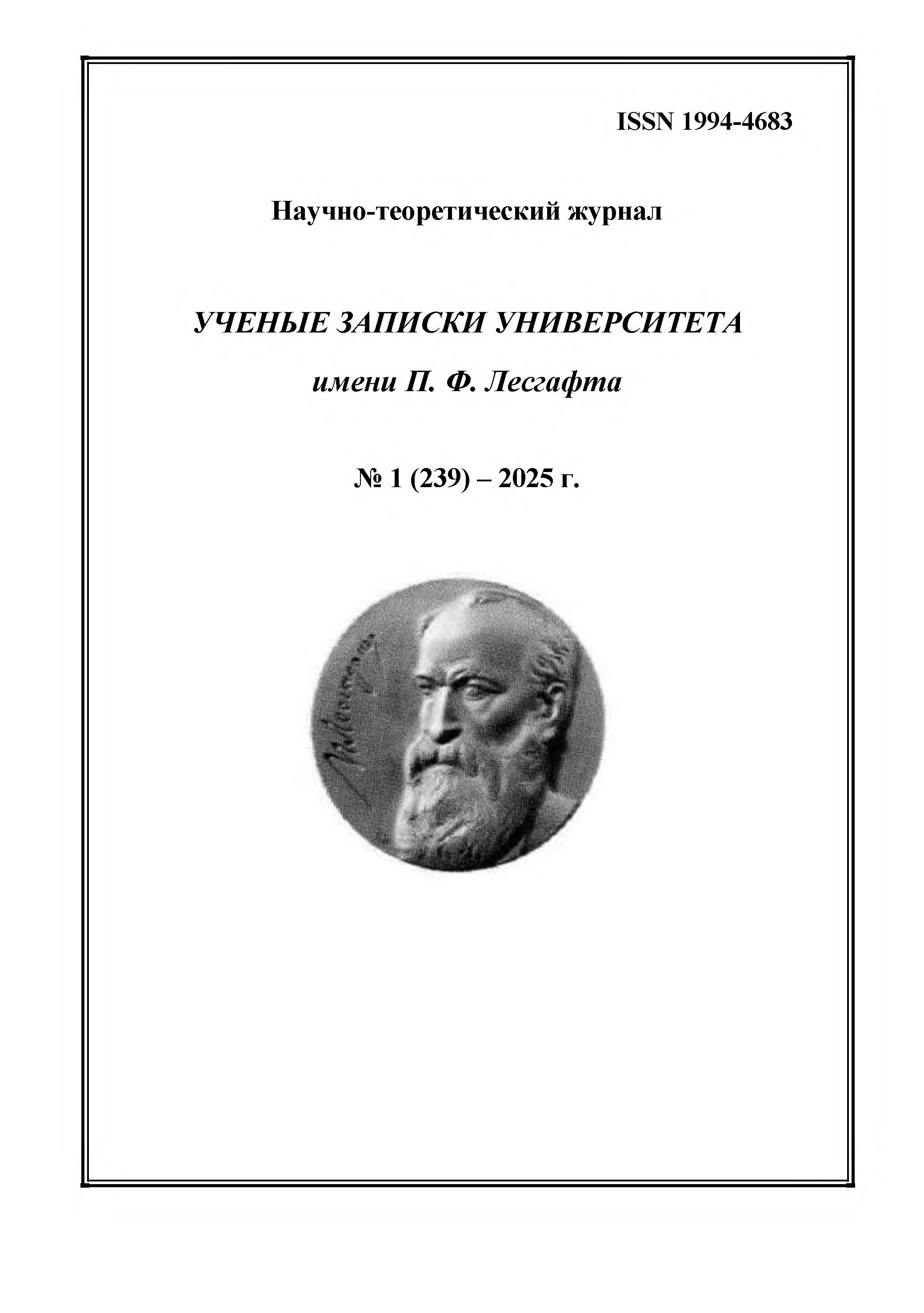employee from 01.01.2018 to 01.01.2025
Kazan, Kazan, Russian Federation
CSCSTI 77.29
The purpose of the study is to specify the subordination between the concepts of "phases" and "stages" of motor actions, relying on a systematic-structural approach in the technical training of gymnasts on the horizontal bar, in order to enhance understanding and facilitate the learning process in artistic gymnastics. Research methods and organization. Methods of analysis and generalization of scientific and methodological literature, pedagogical observations during competitions on the horizontal bar, and video materials from competitions of various levels have been utilized. The obtained materials are applied in theoretical and practical classes with students of the Volga Region State University of Physical Culture, Sport and Tourism Research results and conclusions. The features of the concepts of "phases" and "stages" in gymnastic exercises identified during the study have clarified the structure of motor actions on the horizontal bar based on groups of elements from the Competition Rules of artistic gymnastics. The result obtained allows for the conclusion about the possible composition and number of structural elements depending on the complexity of the executed element.
artistic gymnastics, exercises on the horizontal bar, structure of a gymnastics exercise
1. Bleer A. N. (2010), “Terminology of sports. Explanatory dictionary”, Moscow, Publishing center "Academy", 459 p., ISBN 978-5-7695-6859-6.
2. Gaverdovsky Yu. K. (2002), “Technique of Gymnastic Exercises”, Moscow, Terra-Sport, 508 p., ISBN 5-93127-158-9.
3. Zagrevsky V. O. (2013), “The structure of gymnastic exercise”, Bulletin of Tomsk State Universit», No. 372, pp. 152–155.
4. Kuryerov N. A. (1961), “The phase of gymnast's actions”, Gymnasts about gymnastics, Physical culture and sport, Moscow.
5. Blinkov V. S. (2013), “Systematization of complex gymnastic exercises with a flight phase on a crossbar”, Scientific notes of the P.F. Lesgaft Universit», No 3 (97), pp. 30–34.
6. Sadowski J. (2006), “Technology of teaching of sport technigue”, Movement and Heath, Opole University of Technology, pp. 277–284.
7. Gaverdovsky Yu. (2019), “Improving the technique of movements and special technical training as the basis of higher achievements in modern gymnastics”, Science in Olympic sports, No. 4, pp. 56–74.
8. Arkaev L. Ya., Suchilin N. G., (2004), “How to prepare champions”, Moscow, Physical Education and Sport, 328 p.
9. Yamasaki T. (2010), “Optimality of a kip performance on the high bar: An example of skilled goal-directed whole-body movement”, Human Movement Science, June, Vol. 29, Issue 3, pp. 464–482, DOIhttps://doi.org/10.1016/j.humov.2009.11.007.
10. “Rules of judging for artistic gymnastics among men”, All-Russian Gymnastics Federation, official website, URL: https://sportgymrus.ru/uploads/media_manager/2025/02/pravila-sorevnovanii-2025-2028-gg-muzhskaya-sportivnaya-gimnastika.pdf (access date: 14/05/2024).
11. Sherin V. S. (2013), “Profiling exercises on the crossbar of gymnasts of different qualifications”, Theory and practice of physical culture, No. 7, pp. 48–51.
12. Vel'diaev S. V. (1999), “Metodika obucheniia rabochim osankam v uprazhneniiakh na perekladine”, Cand. Diss. Methodic of training to working postures in exercises on horizontal bar, Volgograd, 26 p.







